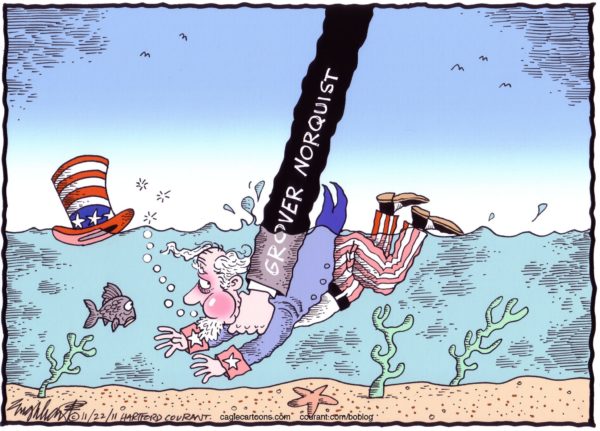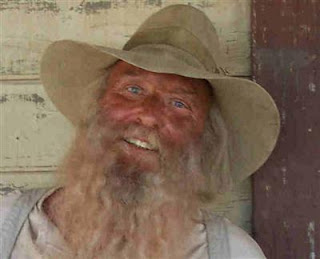Cut & Pasted from "J Chris Cochran":
Ok, I think it’s time for a brief lesson on evidence, because I have read a lot of posts recently from folks who clearly don’t understand
what is and what isn’t evidence. Ok, here goes:
The fact that four individual women don’t know each and, yet, have eerily similar stories, is
evidence. It’s circumstantial evidence; but circumstantial evidence is admissible. Indeed, some cases can only be proven by circumstantial evidence.
Second, a person’s general reputation in the community is also allowable evidence. Evidence of the general reputation of a person affords the basis for an inference as to the person’s actual character; for behind a bad reputation usually lies a bad character. Thus, when former co-workers state that it was common knowledge that someone dated high school students when he was a grown man — a prosecutor —
well, that is evidence. Reputation evidence.
The fact that these four individual women told others the same thing in the past is also admissible evidence.
It is NOT hearsay. In fact, under 801(d)(1), a prior consistent statement is admissible if it is offered to rebut an express or implied charge of recent fabrication or improper influence or motive. Thus, when an alleged perpetrator accuses his victims of lying, being improperly influenced or having an improper motive, the prior consistent statements are admissible as evidence of the veracity of their stories.
You know, like, if someone accuses four individuals of lying, being bribed or having a political motive, then the prior consistent statements are admissible as evidence to prove the stories are not recent fabrications. Next,
one would then weigh this evidence against the evidence offered in opposition to it. 
So, the alleged perpetrator’s own statements are also evidence. If an alleged perpetrator made a statement like, “I don’t remember it... but if she says I did it, I wouldn’t deny it.” That is evidence. If the alleged perpetrator later, when not being subjected to questioning, states, “I deny it.”
That is also evidence... Evidence that is wholly inconsistent with his previous statement.
The fact that his current untested statement is wholly inconsistent with his earlier tested statement is also evidence in and of itself. It is evidence as to the credibility of the alleged perpetrator. The fact that an alleged perpetrator stated, “I did not buy alcohol for a minor, because it was a dry county,” is also evidence. Indeed, the fact that he didn’t say, “I did not buy alcohol for a minor, because I have never bought alcohol for a minor,”
is also evidence.
The fact that the County wasn’t actually dry at that time is, you guessed it, also evidence. The fact that the alleged perpetrator then immediately stated, “anyway, I think I remember that she was 19”’is also evidence. You see,
the fact that the alleged perpetrator wants the listener to believe that he thinks he remembers that the underaged girl was actually the legal drinking age at the time evinces a consciousness of guilt.
One must ask why the alleged perpetrator would suggest that the underaged girl might have been of legal drinking age at the time, if he really had not tried to ply the underaged girl with alcohol.
This is also evidence. The fact that the alleged perpetrator later stated, “you have to wonder why these women are coming forward now for something that happened 30 years ago”
is also evidence.
You see, his own statement betrays him... for in his own statement hides the truth. What is that truth? Something that happened 30 years ago. Something. That. Happened. Something that happened to at least four individual girls who didn’t and still don’t know each other, girls who have different political beliefs, girls whose stories are eerily similar, girls who told other people the same thing in the past, girls who the alleged perpetrator said, “If they say we did it, I wouldn’t deny it.”
You see, Something actually happened to them.
This is all evidence. Now, you get to decide what to do with it. If this evidence does not cause you any pause... then it does not cause you any pause. That is fine. But stop saying you need evidence. It isn’t true.
Just be honest and say, “no amount of evidence would change my mind... I live in a black and white world... there is no grey... there is no room for questions... there is no room for empathy... I can’t handle the truth.”






